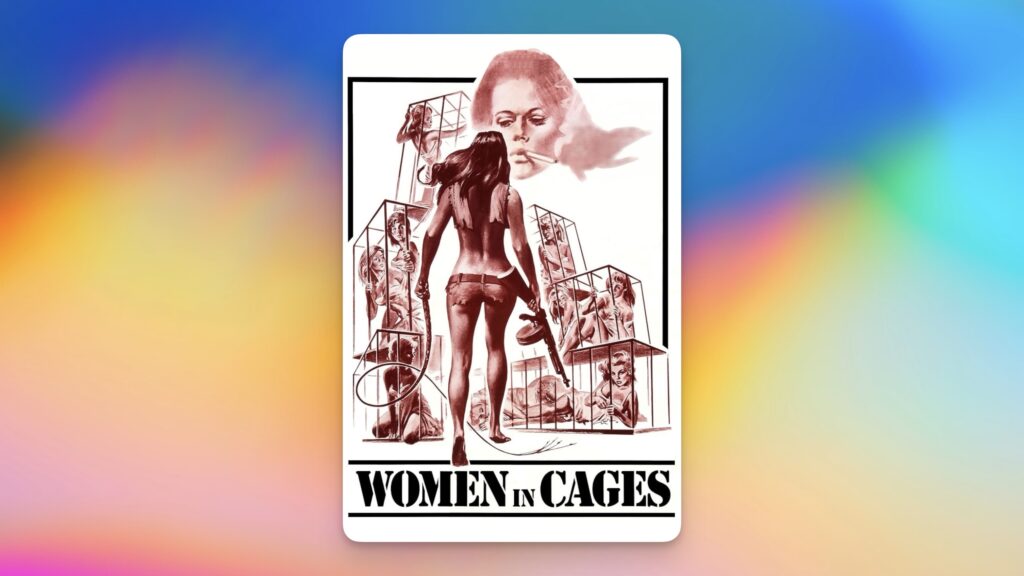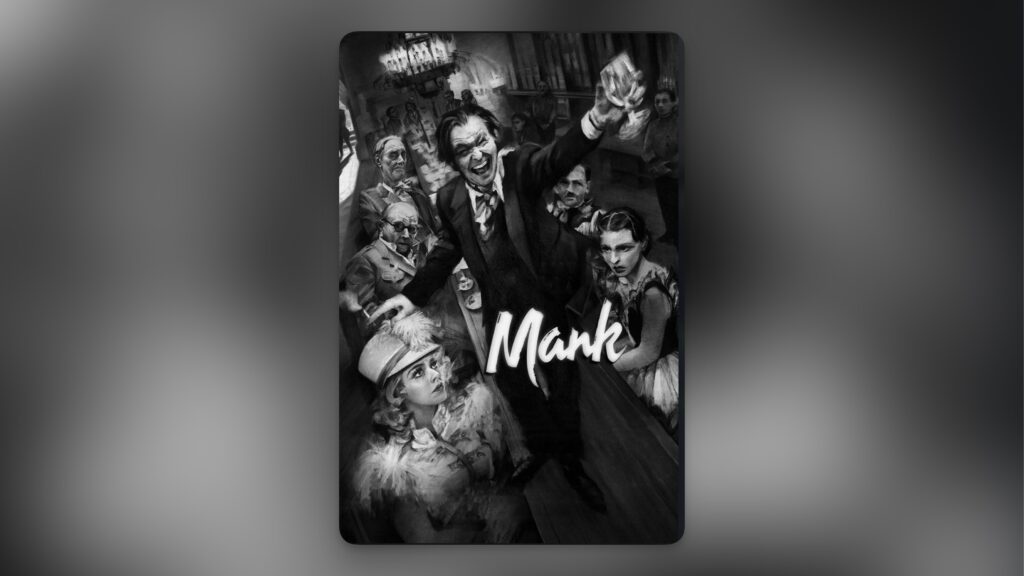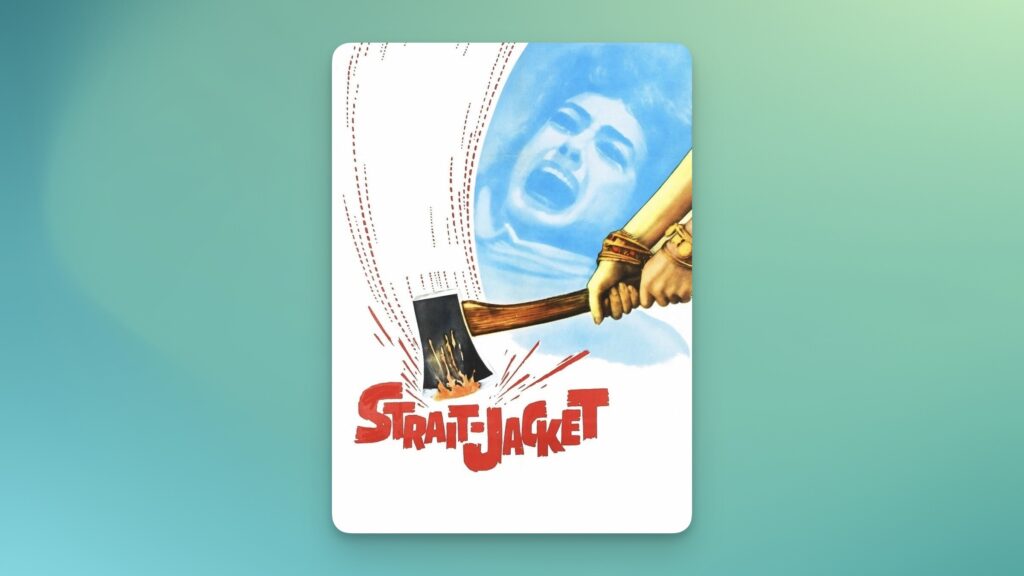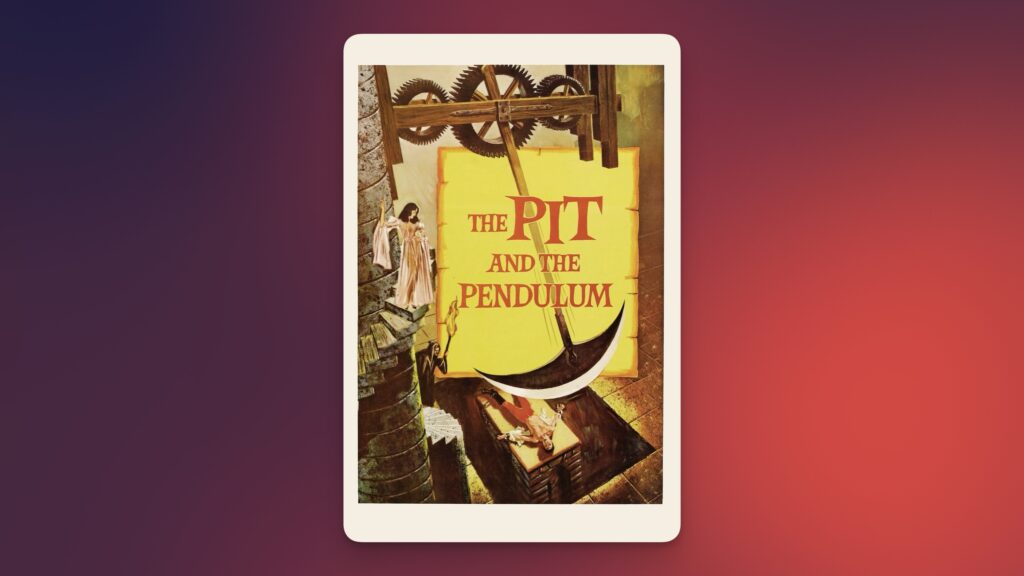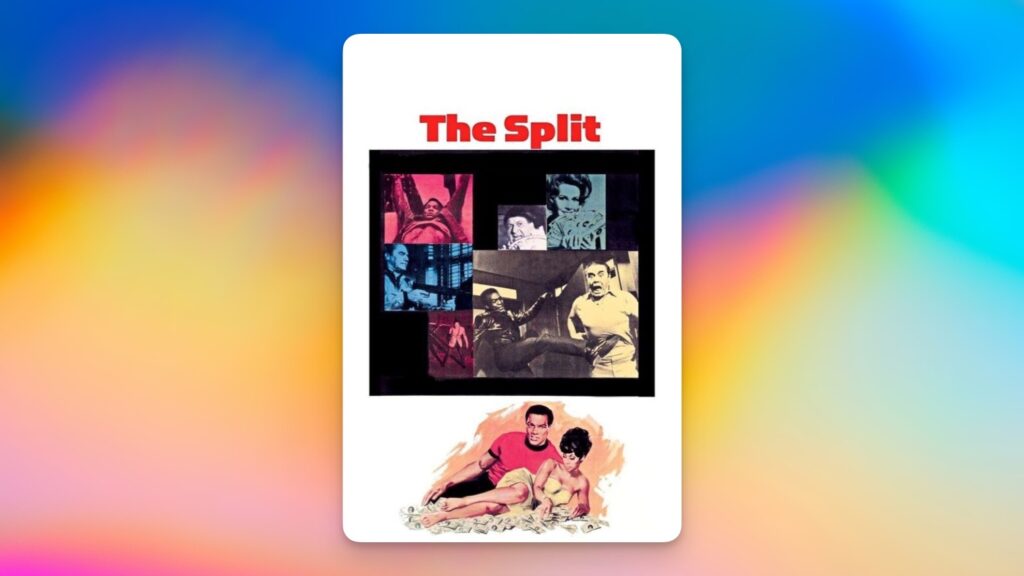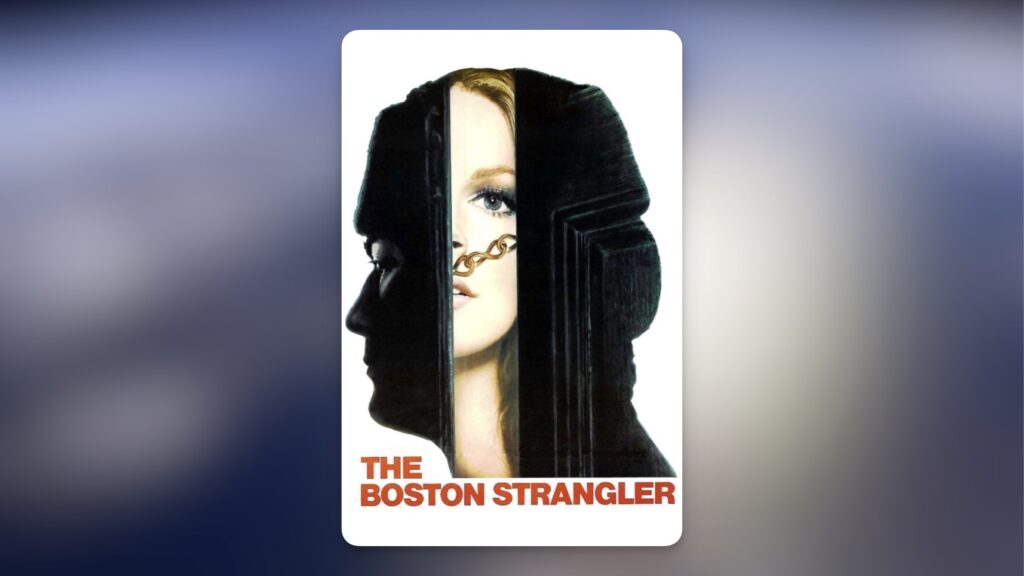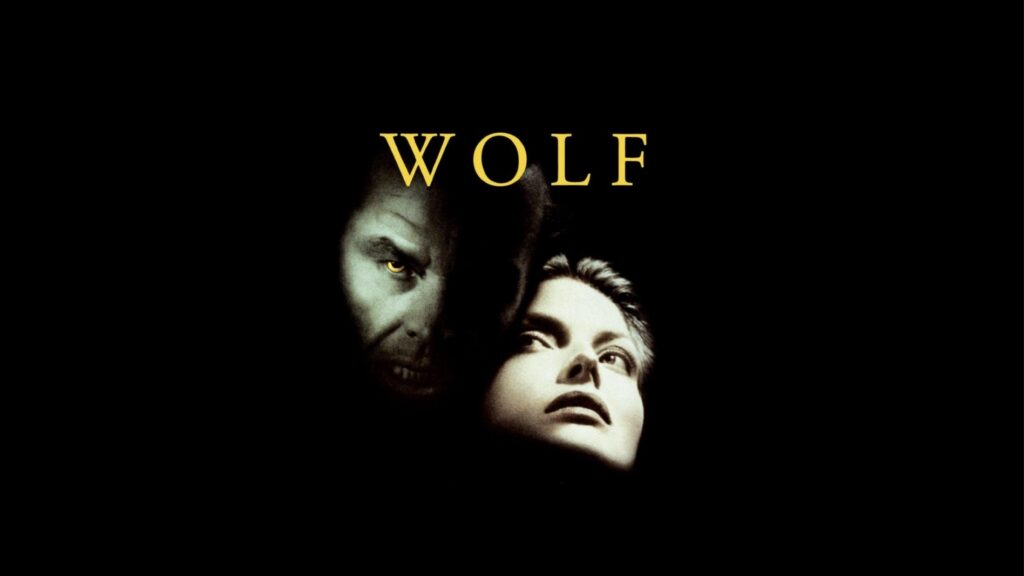A few weeks ago, my friend Curt—a software developer, yes, but also the kind of person who can spot logical fallacies in conversation the way most people spot typos in a text—offered me a piece of advice that genuinely recalibrated my thinking. I won’t claim it was a dramatic, Hollywood-style epiphany, but it was close enough for real life: a subtle shift, but one with lasting consequences.
Here’s the situation: I was, as is so often the case these days, overwhelmed by the world. News stories, politics, disasters—everywhere I looked, there was something new and urgent to worry about. The sheer volume of problems left me exhausted and, most importantly, stuck.
Curt, characteristically matter-of-fact, said something that stopped me cold:
“Yeah. This is that thing where we live too much in areas of concern over which we have no influence or control.”
It wasn’t the first time I’d heard this idea, but the timing was right. Sometimes, you need someone else to point out that you’re spinning your wheels so you can see just how much smoke you’ve been making.
Here’s the reality: Not every problem in the world is my responsibility. If I try to treat them all as if they are, I end up spending my limited time and energy worrying about things I cannot change—while the things I can actually improve get neglected.
The Three Spheres: Concern, Influence, Control
To organize this, let’s use a mental model—a favorite tool of anyone who likes to think too much about thinking. Imagine three concentric circles:
- Control — This is your inner circle. These are the things you can actually change yourself: your choices, your actions, your daily routines, the state of your desk or inbox. If you want to see a result here, you do something, and the result happens.
- Influence — The next circle out. These are situations and people you can’t fully control, but you can affect. Your friends, your workplace, your local community. Here, your actions matter, but the outcome isn’t entirely up to you. You can suggest, advocate, persuade—but not dictate.
-
Concern — The outermost circle. World events, national politics, distant disasters—the things you worry about but can’t directly change. You’re aware of these, but your ability to do anything about them is (at best) indirect.
Most of us, if we’re honest, spend far too much time camping out in that third circle. We doomscroll, we refresh the news, we debate endlessly online. The catch: the more time you spend fixated on things you can’t change, the less you invest in the places where you actually could make a difference.
The Concern Trap: When Caring Isn’t Doing
Concern is tricky. It feels important—like you’re being a responsible, empathetic person just by paying attention. And paying attention is important—but it’s not the same thing as doing something.
Let’s be specific:
- Reading every article about climate change? That’s Concern.
- Changing how you live, supporting local green policies, or helping organize a recycling program? Influence or Control.
- Arguing about politics on social media? Concern (unless you’re personally involved in shaping the outcome, in which case, congratulations).
The point isn’t to stop caring, but to notice when “caring” turns into spinning your wheels. Action lives in the circles closer to the center.
How to Shift from Concern to Influence & Control
Here’s how I try to apply this—emphasis on “try,” because it’s a work in progress:
- Notice when you’re stuck. If you feel yourself getting overwhelmed by a problem, pause and ask: Is there anything I can do about this right now?
-
Find your circle of control. If the answer is yes, what’s the smallest action you can take in your own life? Sometimes it’s just a tweak to your habits.
-
Expand to influence. Once you’ve done what you can directly, is there a way to make a difference for others—friends, colleagues, community? Small, local actions add up.
-
Limit time in Concern. This isn’t about sticking your head in the sand. It’s about recognizing when you’re reading or worrying past the point of usefulness. Set boundaries for yourself. Redirect that energy.
The Takeaway: Where Can You Actually Make a Difference?
Curt helped me see that drowning in concern doesn’t make me a more effective, informed, or compassionate person. It just makes me tired. If the world feels like too much—and it often does—zoom in. Focus on what you can change. Let yourself care, but don’t forget to act.
That’s the real lesson: Your energy is finite. Spend it where it counts. And if you need a reminder, well, so do I—often.

